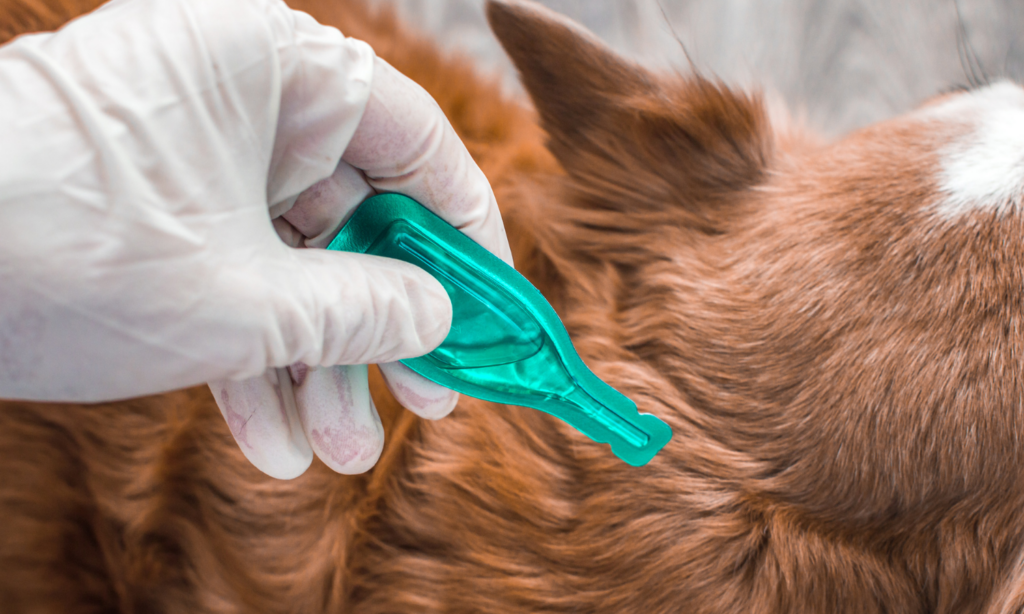WHAT IS ORC AND IS IT RELATED TO IPRC?
Richard Halverson, LPC, GRPC
Organized Retail Crime (ORC) is at the forefront of the news. High profile “smash-n-grab” robberies and nationwide cases, involving major retailers in Chicago, Los Angeles, and San Francisco, garner the headlines. Recent hearings by the United States Congress, that discuss and debate proposed legislation, target the ability of criminal organizations to resell the stolen goods online with relative anonymity. Terms like “boosters,” “fences,” “resellers” and “repackaging” are once again in the public sphere. To many people, these stories are their first exposure to what a colleague of mine refers to as “the dirty side of retail.”

Public perception of this billion-dollar criminal activity is to write it off as a bunch of shoplifters and view it as a problem for retailers to solve themselves. And as ORC is viewed as a property crime, it, unfortunately, tends to be towards the bottom of priorities when cases are investigated and prosecuted. Educating global stakeholders and the public to fully understand the impact of ORC on them, from a financial and public safety standpoint, is in its infancy – which means combatting ORC by both companies and law enforcement is a challenge due to misconceptions and misunderstandings.
Does this sound familiar to brand protection professionals? It should. The parallels between ORC and Intellectual Property Rights Crimes (IPRC) are remarkable.
Prior to joining the private retail sector with a focus on investigating ORC, I held several positions in Homeland Security Investigations (HSI) leading outreach, training, and investigations of customs fraud and IPRC. One of our main challenges was convincing the public and private sectors of the harm and safety issues that counterfeit goods pose. Key talking points highlight that these crimes fund other crimes and are not victimless. These facts are known to brand protection professionals and experts, but not as well known outside of that community. In a very similar manner, while Loss Prevention/Asset Protection and ORC professionals are familiar with the issues and impacts of ORC, the true costs of these illicit activities, in many instances, are not fully appreciated by the other business units (e.g. marketing, facilities, or finance), associates, or customers.
Part of raising the profile of ORC is to have a basic understanding of what it is and is not. It is not simple shoplifting or people out stealing for the thrill of it. While not immediately apparent to me at the time, there were several cases I led in HSI where my focus was on the IPR crimes, but were in fact ORC activities. I have gained insight into this since my transition to working in retail asset protection.
A simple explanation of ORC is: any criminal activity by a group of individuals that impacts upon a retail establishment or its supply chain, from point of manufacture through to final sale. Examples of the types of crimes are organized shoplifting or boosting (typically targeted thefts to fulfill an order); robberies; gift card fraud; plastic thefts; and cargo thefts. But some other crimes in today’s expanded view of ORC would include coupon scams, refund frauds; product counterfeiting; identity theft; credit card abuse; fuel theft; and loyalty program fraud.
As I mentioned earlier, the intersection of IPRC and ORC crimes are intertwining on a more frequent basis than may be realized.
A recent Brand Protection Stories podcast with Dave Lake highlighted a case involving counterfeit coupons. That case is one of many investigations where criminals are counterfeiting manufacturer coupons which include a trademarked or copyrighted logo, and in-store (aka Catalina) coupons to defraud the retailer of revenue. But in some instances, the criminals take the goods purchased with the counterfeit coupons and further resell them at flea markets or online to personally profit from the crime.

Another example of ORC and IPRC being connected involves a Houston case worked by HSI and the Food and Drug Administration (FDA) involving counterfeit pet flea and tick medicine. Several individuals, who were subsequently convicted in Federal Court, imported gray market and counterfeit medicine into the U.S., repackaged into counterfeit boxes, and distributed it via online and brick and mortar stores. This scheme penetrated the legitimate retail supply chain, causing one retailer to pull thousands of packages of the counterfeit product from their stores and fulfillment centers, then delivering it to law enforcement for seizure and destruction. (Note this Brand Protection Story, with former U.S. Department of Justice Prosecutor John Zacharia “on Counterfeiting of Pet Medication”, dropped on March 7th).
Similar to the explosion of counterfeit goods being advertised for sale online, or sold through various third-party entities, the ORC fences and distributors have gone virtual as well. Going online has enabled the suspects to sell across state and national boundaries. As many ORC cases are investigated and prosecuted at the state and local level, this ability to quickly move the stolen goods away from the point of theft is attractive to the criminal groups. This has expanded much like illicit counterfeit goods sold over the internet and common online platforms, wherein the criminals selling stolen goods will purport they, and their goods, are legitimate with no risk to the purchaser. In reality, the moment the stolen goods leave the store, there is no guarantee that the “reseller” or “fence” has maintained the product in the same condition or to the standards required to ensure its safety or efficacy. Additionally, the groups and individuals engaging in ORC are often involved in other crimes, i.e. drug offenses, gang activity, violence, fraud, money laundering, etc… which is on par with IPRC as well.
Some key takeaways – when you encounter either an IPR crime or a retail crime, keep an open mind that other offenses may be taking place; and ORC criminals are not to be underestimated. They are typically career criminals who are increasing the use of violence to avoid apprehension.
There is currently a window of opportunity for both Brand Protection and Loss Prevention professionals to build on the momentum and publicity that has been raised to positively impact our ability to address these crimes. The more light we can shine into the illicit markets, the fewer places the criminals can hide and harm our businesses, customers, and associates.
*Prior to joining Dyson as Profit Protection Business Partner for the Americas, Mr. Halverson was the Organized Retail Crime Manager for Kroger’s Houston Division, which encompasses 109 stores and over $4 billion in sales. He spent 30 years in federal law enforcement with U.S. Customs and later Homeland Security Investigations, specializing in trade fraud and intellectual property and led the National IPR Center’s Outreach & Training—finishing his law enforcement career as an Assistant Special Agent in Charge at HSI Houston. Mr. Halverson is Loss Prevention Certified, a Governance, Risk, Compliance Professional, and a proud MSU Spartan – class of ’91.
THE BRAND PROTECTION PROFESSIONAL | MARCH 2022 | VOLUME 7 NUMBER 1
2022 COPYRIGHT MICHIGAN STATE UNIVERSITY BOARD OF TRUSTEES
- Next…
